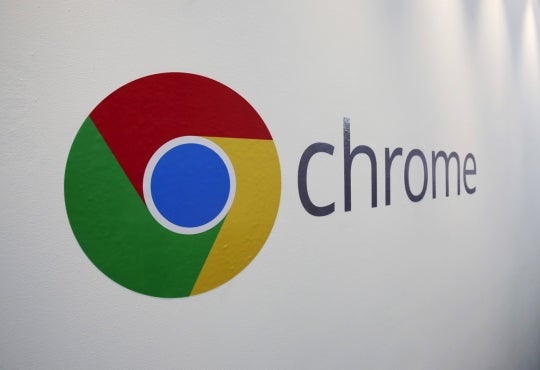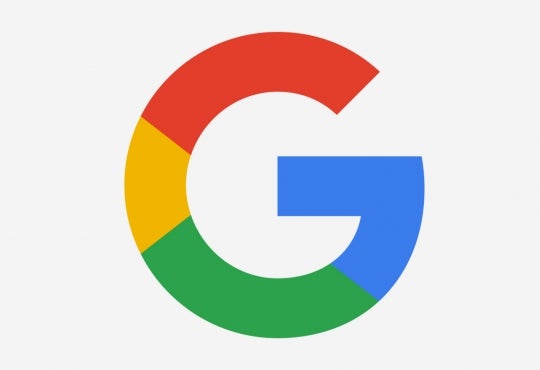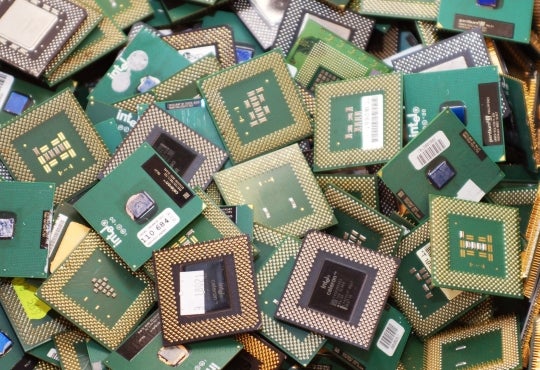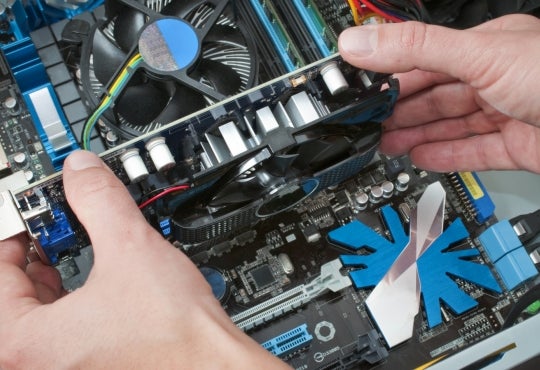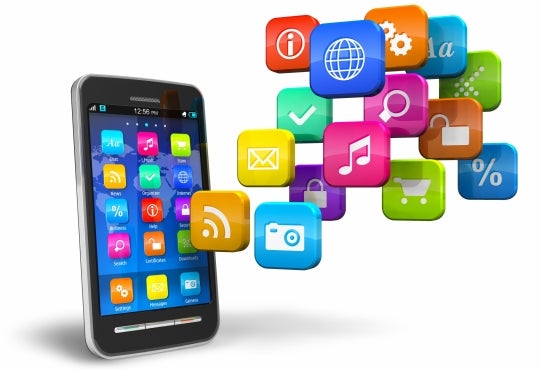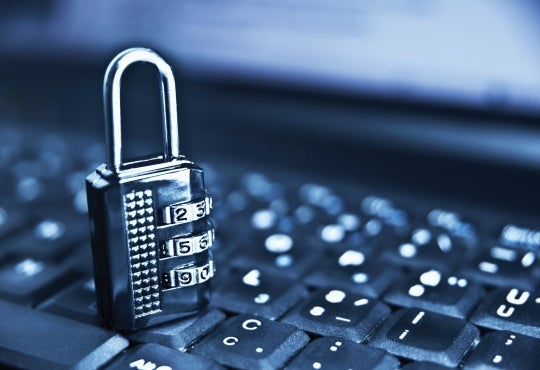A tablet, or a tablet computer, is a one-piece mobile computer. It’s similar to a laptop, because it is mobile, but differs because it’s primarily touchscreen, excluding the need to carry a keyboard or mouse (you can purchase these add-ons for different tablets). Tablets are the medium between a smartphone and a personal computer. You can use tablets to watch videos, read, listen to music, browse the internet, and use tablet apps.
 History of the Tablet
History of the Tablet
As far as the history of tablets goes, the idea of having a device that has data input and output on a flat, information display has been around since 1888, with the patent for the Telautograph. If you fast-forward a few years, tablets began to appear in science fiction. In Star Trek: The Next Generation, tablets called “padds” were featured. But the reality of computer tablets we know today, didn’t start until the early-to-mid 2000’s, when Microsoft attempted this with their Microsoft Tablet PC. Unfortunately, their devices failed to launch because of price and usability issues. In 2005 Nokia released their first Internet Tablet, the Nokia 770. Tablets then really took off in 2010, when Apple released their Apple iPad. Since then, almost every electronic company has come out with a tablet computer.
Types of Tablets
There are three operating systems for tablets: Apple, Android and BlackBerry (from the company previously known as Research in Motion(RIM)). All three types have reasonably comparable features.
Apple's iPad
The iPad works with the iOS operating system. Similar to their other products, Apple has control over the operating system, and the hardware on the iPad. All iPads have built-in Wi-Fi, and certain models have cellular capabilities. iPads can shoot video recordings, take pictures, play music, browse the internet and email. Other functions can be accessed by apps from the App Store. As of 2012, the App Store had more than 700,000 apps by Apple and third parties. The iPad has five versions: iPad (1st generation), iPad 2 (2nd generation), iPad (3rd generation), iPad (4th generation) and the iPad mini.
| Advantages | Disadvantages |
|---|---|
|
|
Andriod
Google is responsible for the Android operating system (OS), but other companies produce the hardware. Hardware manufacturers are able to change the user interface (or "skin"), without changing the actual functionality of the OS. This is why different brands of Andriod appear to be different, but in fact are not.
| Advantages | Disadvantages |
|---|---|
|
|
BlackBerry Playbook
The PlayBook is the tablet computer by BlackBerry. The PlayBook was the first device to run BlackBerry Tablet OS; it now runs with the OS BlackBerry 10. BlackBerry also supports Android OS applications; they can be sold and installed through the BlackBerry App World store. The BlackBerry PlayBook has a 7-inch touch screen, and has a 1024 x 600 resolution. It also has a forward facing camera, and a rear-facing camera. There is also an HDMI-out port, so users can connect the PlayBook to a high-definition television for video play-back.
| Advantages | Disadvantages |
|---|---|
|
|
Closing
Ultimately, whatever tablet is the best is the one that works the best for you. Most tablets have similar features and all tablets have their pros and cons but depending on what you want from your tablet, different models may offer additional features that others do not. One type of tablet is not ultimately better than the other, it just matters what you want to get out of it.
References
4th Generation iPad (Wikipedia)
History of Tablet Computers (Wikipedia)
BlackBerry PlayBook (Wikipedia)
Apple iPad Review (Tablet Reviews)
The Best Android Tablets (PC Mag.com)
Android Tablets (Howstuffworks.com)
BlackBerry PlayBook (Howstuffworks.com)
BlackBerry PlayBook Review (Cnet.com)
BlackBerry PlayBook Review (Futureshop.com)
[Tablets]. (n.d.). Retrieved from https://www.windowscentral.com/sites/wpcentral.com/files/styles/xlarge_wm_brw/public/field/image/2015/02/windows-10-tablet-hero.jpg?itok=gtaC4kWH



